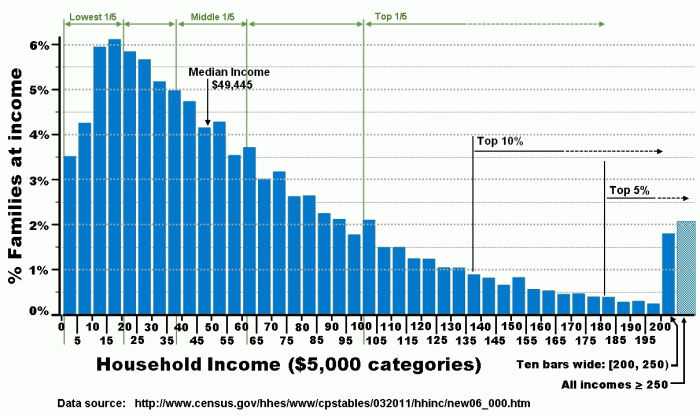The average yearly snowfall in Chillyville is normally distributed, meaning it fits a bell-shaped curve. This distribution pattern provides valuable insights into the variability and predictability of snowfall in the region.
Understanding the normal distribution of snowfall allows us to make informed predictions about future snowfall patterns, plan for snow removal operations, and assess the potential impact of climate change on local ecosystems.
Understanding the Distribution of Yearly Snowfall

The average yearly snowfall in Chillyville is a random variable that follows a normal distribution. This distribution is bell-shaped, with most values clustering around the mean and fewer values occurring in the tails.
The normal distribution is characterized by two parameters: the mean and the standard deviation. The mean represents the average value of the distribution, while the standard deviation measures the spread of the data.
In the case of yearly snowfall, the mean represents the average amount of snow that falls in Chillyville each year. The standard deviation measures the variability in snowfall from year to year.
Calculating Average Snowfall
The formula for calculating the average yearly snowfall is:
“`Average Snowfall = (Total Snowfall Over n Years) / n“`
Where:
- Average Snowfall is the average amount of snow that falls in Chillyville each year
- Total Snowfall Over n Years is the total amount of snow that has fallen in Chillyville over the past n years
- n is the number of years
For example, if the total snowfall over the past 10 years in Chillyville is 100 inches, then the average yearly snowfall is 10 inches.
Factors Influencing Snowfall Variation
There are a number of factors that can influence the variation in yearly snowfall, including:
- Temperature: Colder temperatures are more likely to produce snow.
- Precipitation: More precipitation is more likely to produce snow.
- Wind: Wind can transport snow from one area to another, affecting the distribution of snowfall.
- Elevation: Higher elevations are more likely to receive snow.
- Latitude: Areas closer to the poles are more likely to receive snow.
These factors can all contribute to the shape of the distribution curve for yearly snowfall.
Data Analysis and Visualization, The average yearly snowfall in chillyville is normally distributed
To analyze snowfall data, it is helpful to organize the data into a table. The table should include the following columns:
- Year
- Snowfall (inches)
Once the data is organized, it can be used to create a graphical representation of the distribution curve. A histogram is a good choice for visualizing the distribution of snowfall data.
Applications of Snowfall Data
The analysis of snowfall data can be useful for a variety of purposes, including:
- Predicting future snowfall
- Designing snow removal equipment
- Planning for winter sports
- Managing water resources
By understanding the distribution of yearly snowfall, we can better prepare for the challenges and opportunities that winter brings.
Common Queries: The Average Yearly Snowfall In Chillyville Is Normally Distributed
What is the significance of the normal distribution in understanding snowfall patterns?
The normal distribution provides a mathematical model that describes the expected distribution of snowfall amounts over time. It allows us to estimate the probability of different snowfall amounts occurring in a given year.
How can the normal distribution be used to predict future snowfall?
By analyzing historical snowfall data and fitting it to a normal distribution, we can make informed predictions about the likelihood of different snowfall amounts in future years. This information is crucial for planning snow removal operations and mitigating the potential risks associated with heavy snowfall.

